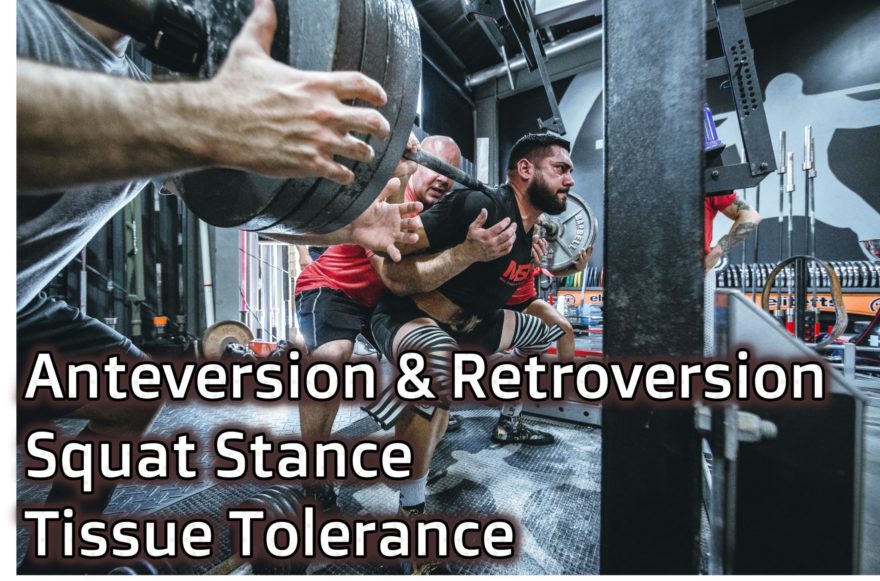Tag: femur

Deadlift Stance, Measuring Hip Rotation, and Hemorrhoids – Movement Debrief Episode 102
Movement Debrief Episode 102 is in the books. Below is a copy of the video for your viewing pleasure, and…

Anteversion, Retroversion, Squat Stance, and Tissue Tolerance – Movement Debrief Episode 101
Movement Debrief Episode 101 is in the books. Below is a copy of the video for your viewing pleasure, and…

Ribcage Dimensions, Gait, Foot Arch – Movement Debrief Episode 56
Movement Debrief Episode 56 is in the books. Below is a copy of the video for your viewing pleasure, and…

Knee Mechanics During the Bodyweight Squat
A Note from Zac This week we have a guest post brought to you from my boi Benjamin Fergus, a…
Course Notes: Cantrell’s Myokin Reflections
Third Time’s a Charm Mike Cantrell was in my neighborhood to teach Myokinematic Restoration by the folks at PRI. And…
